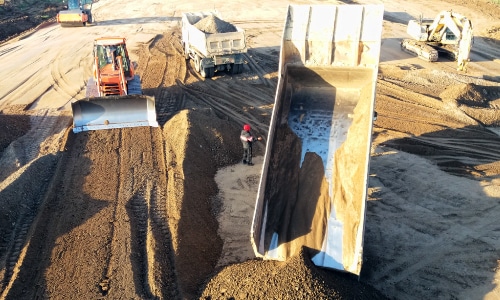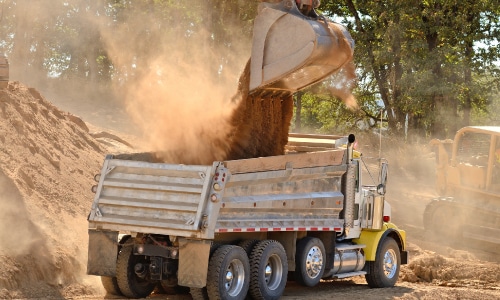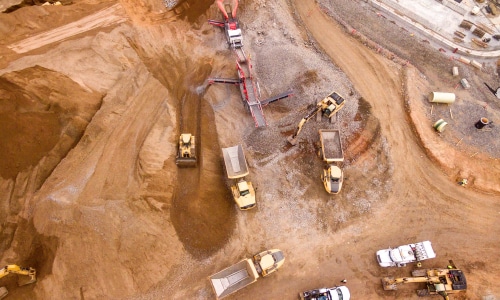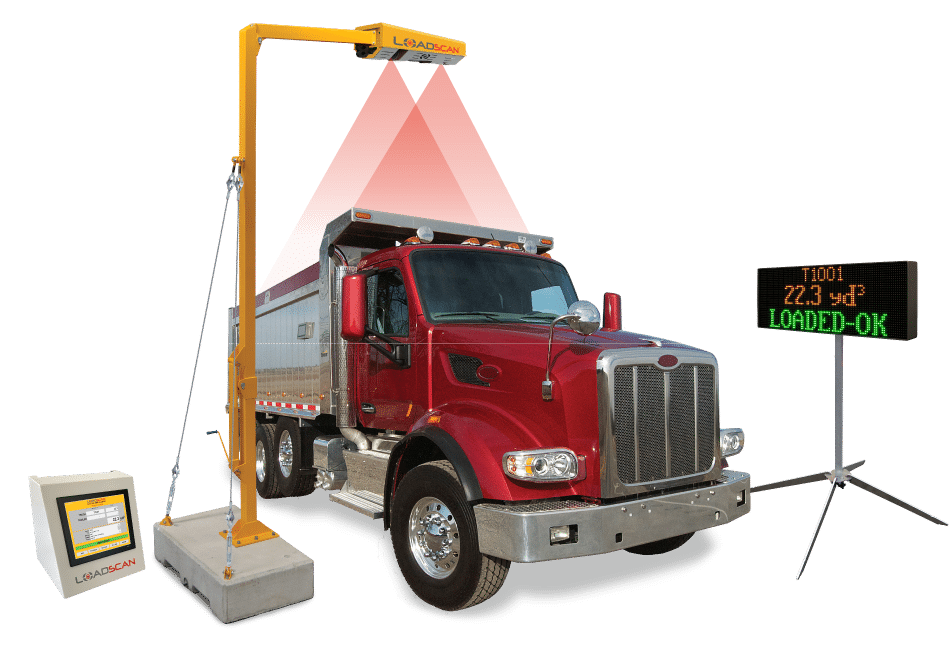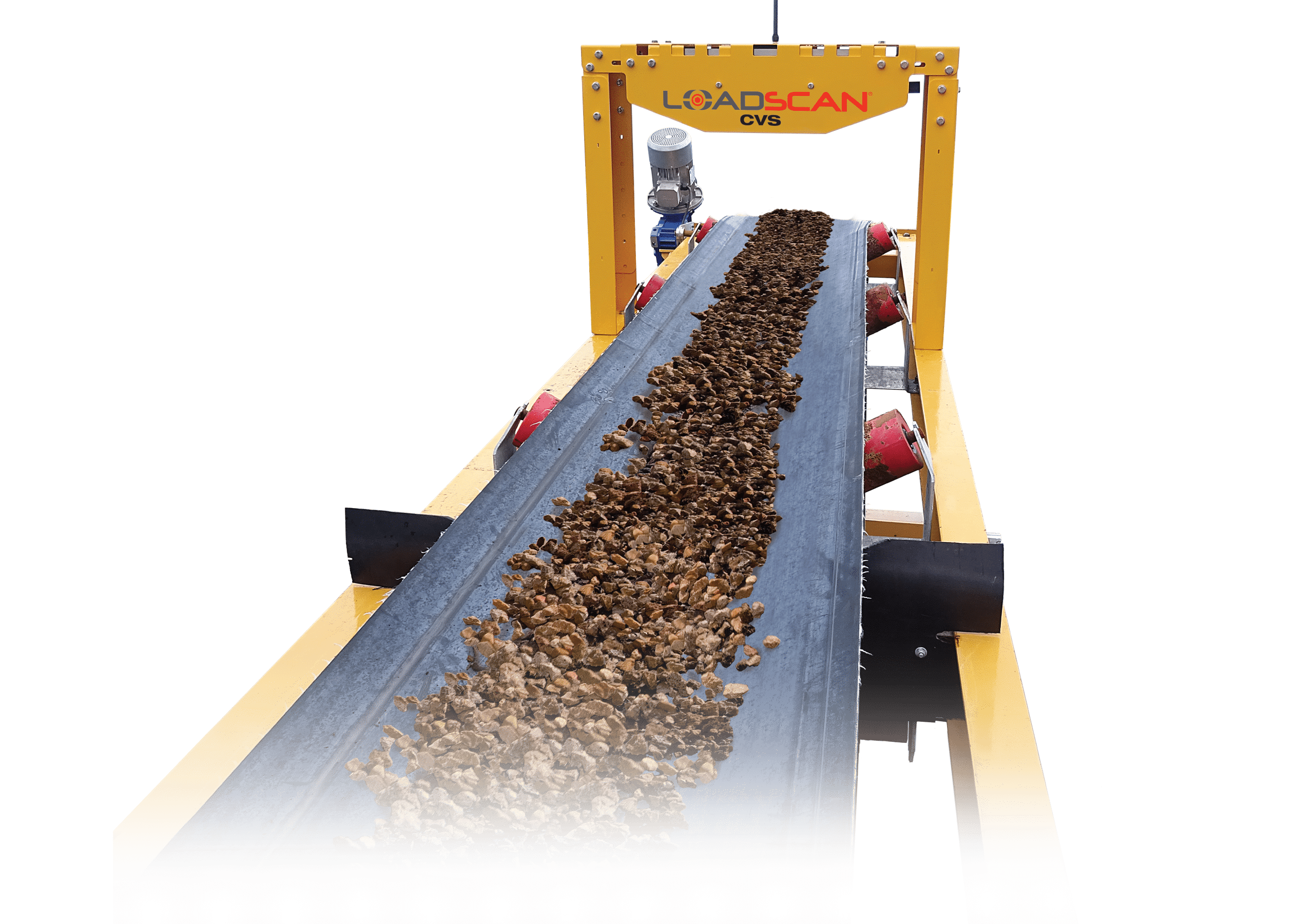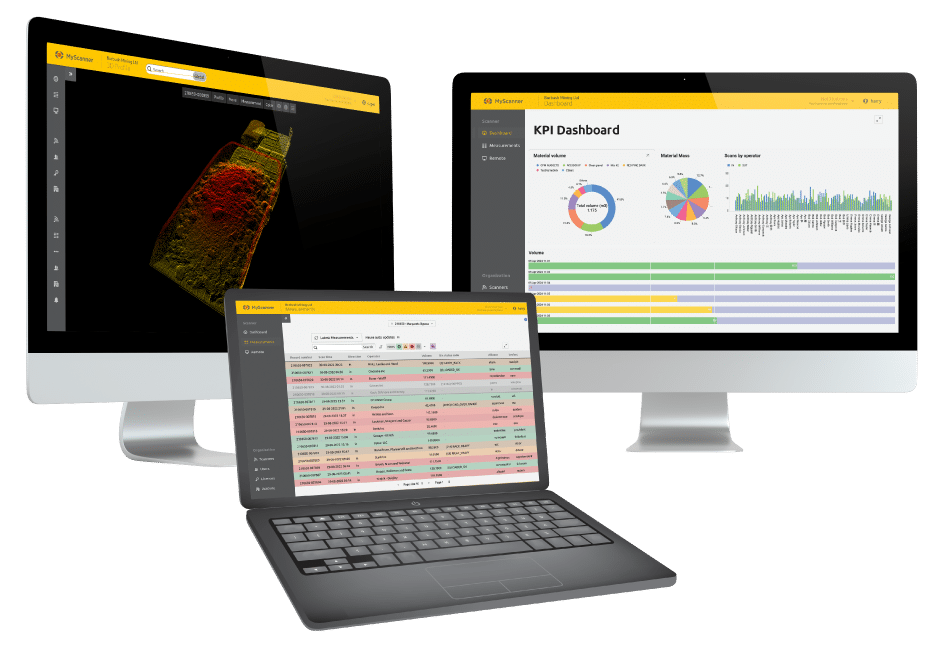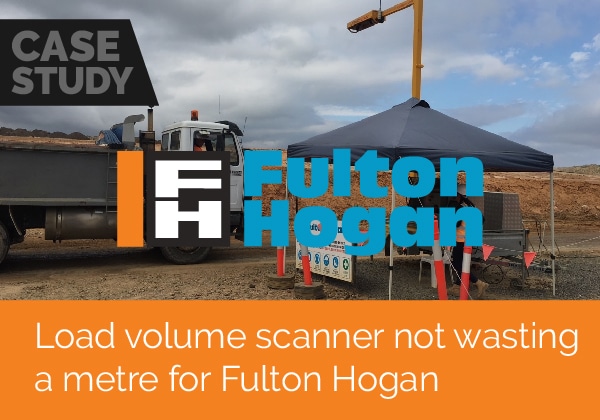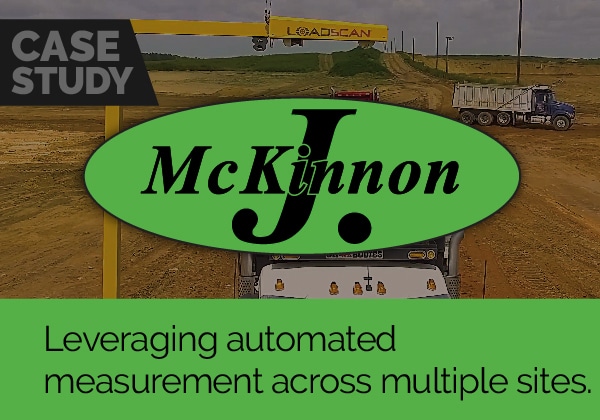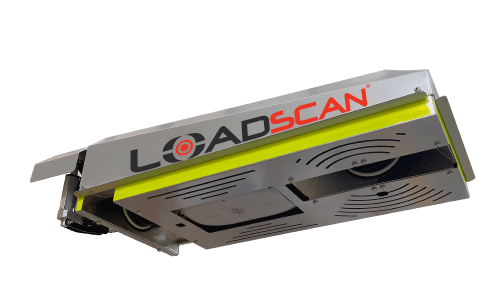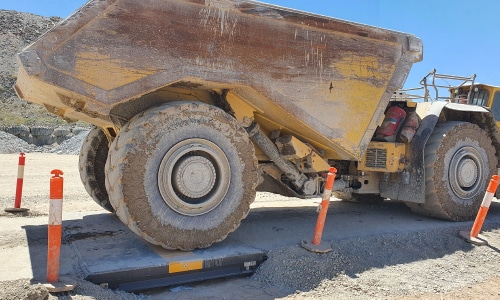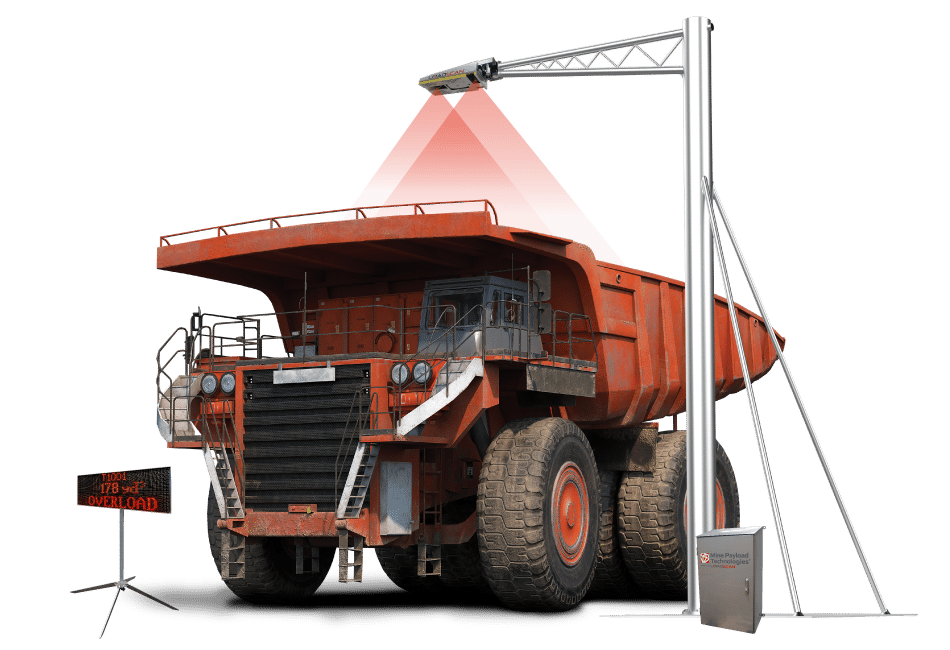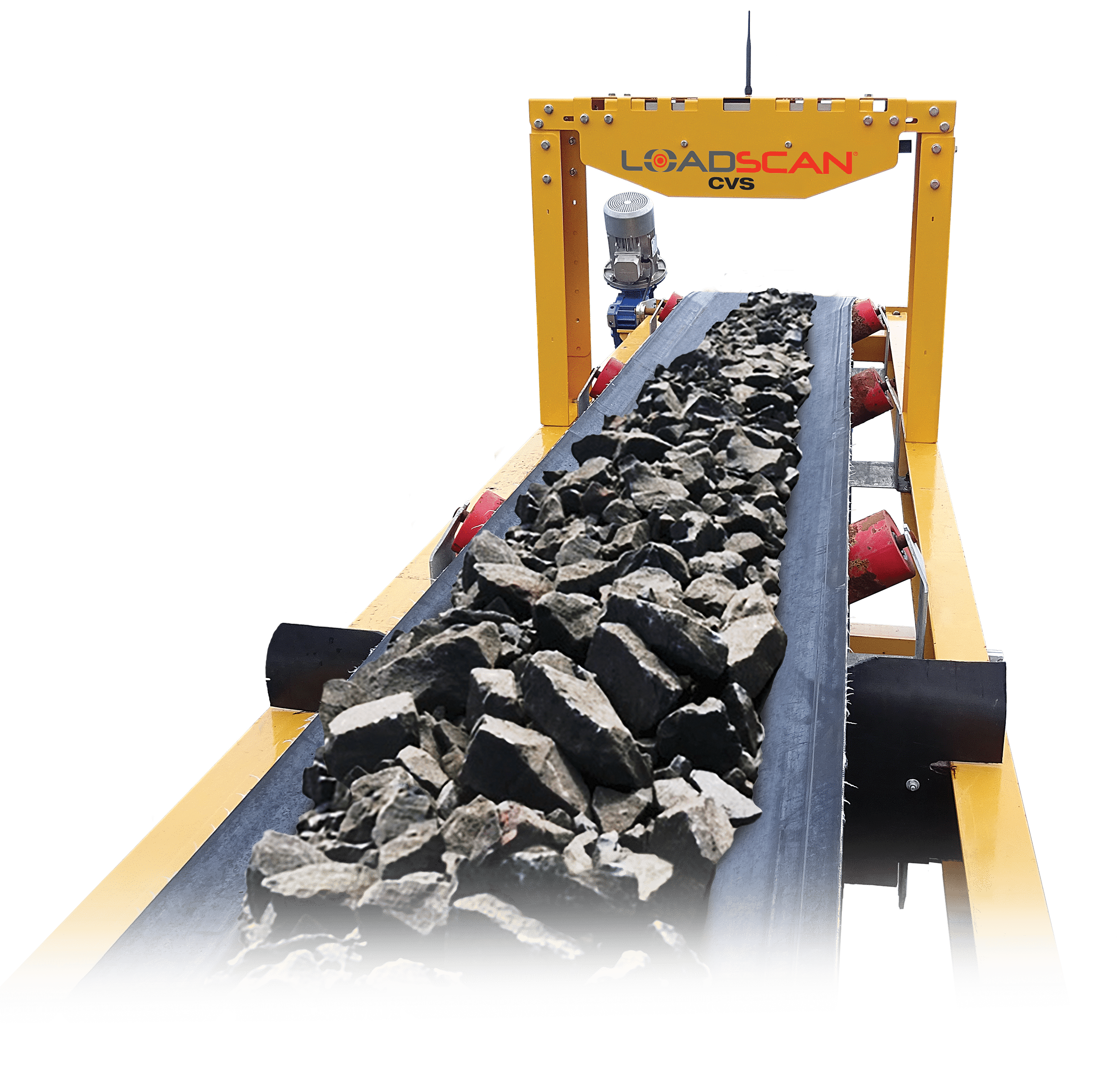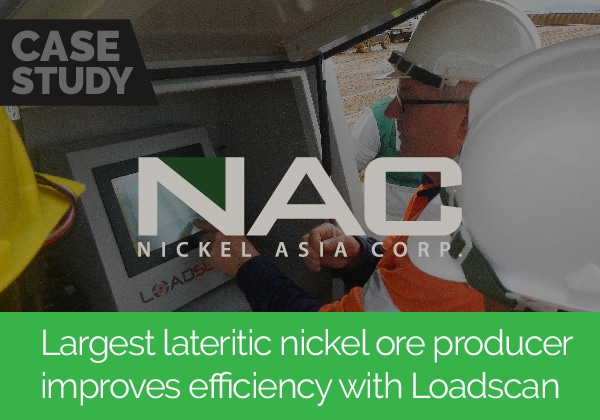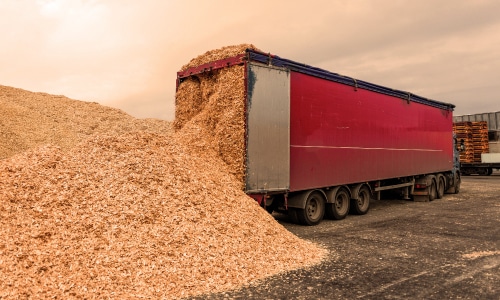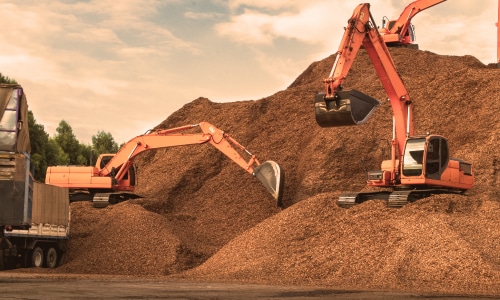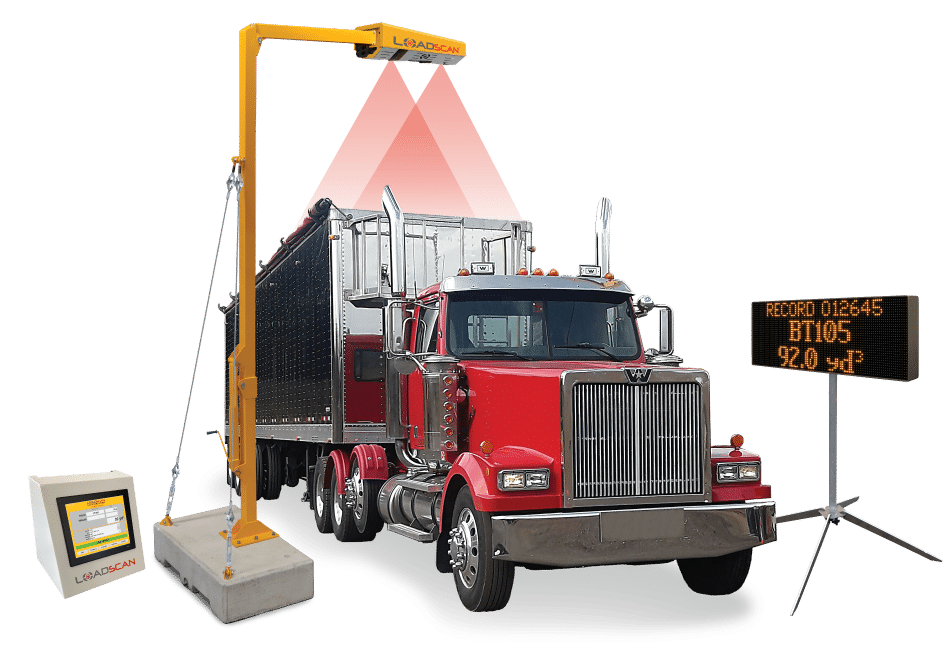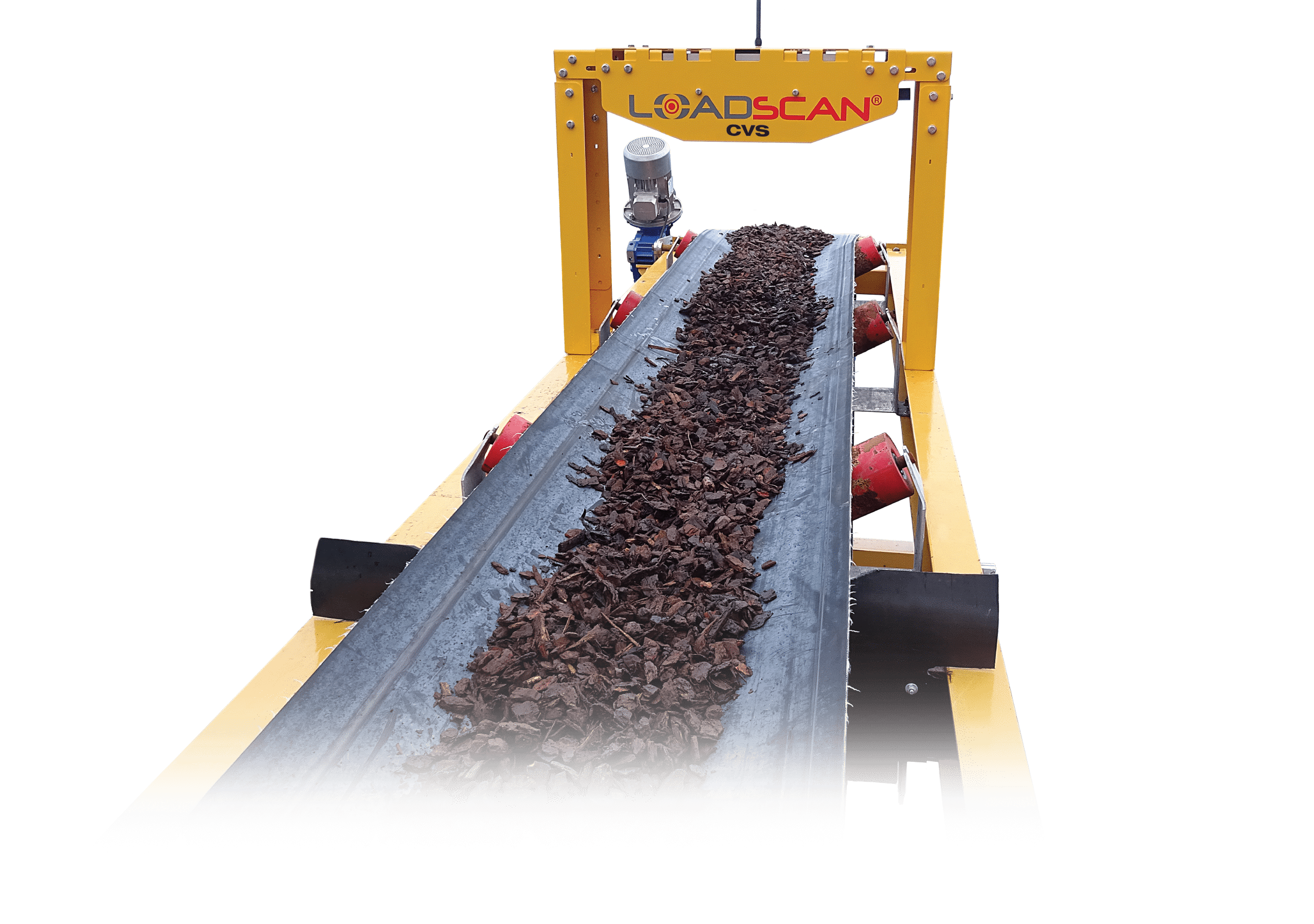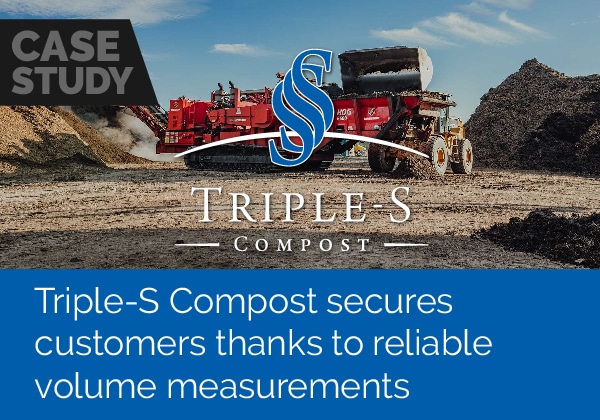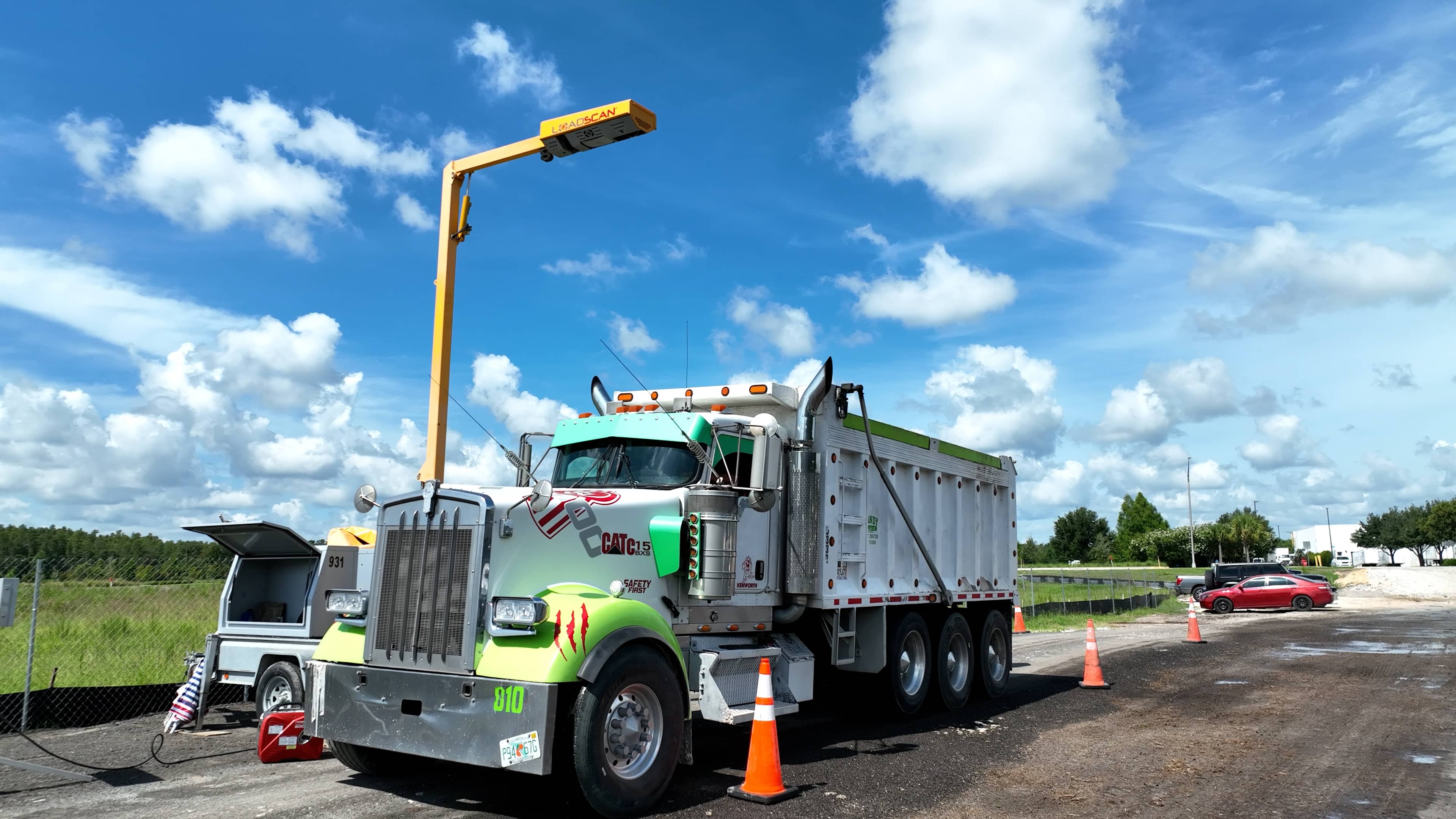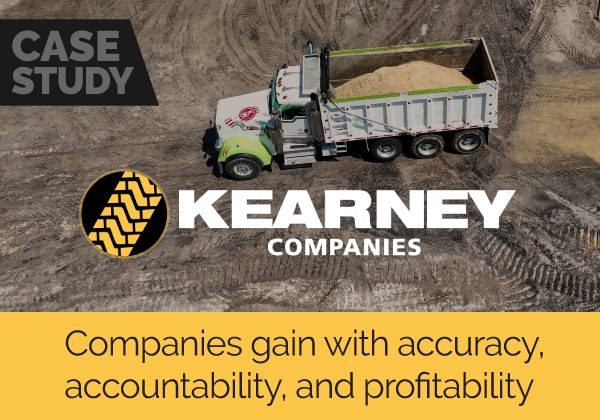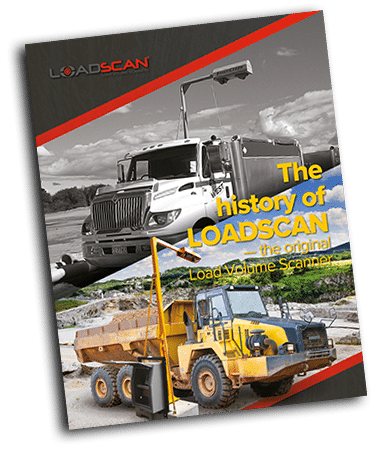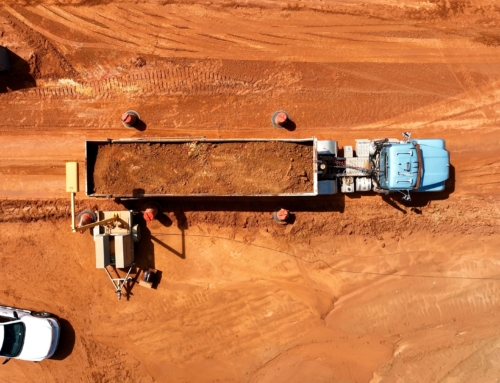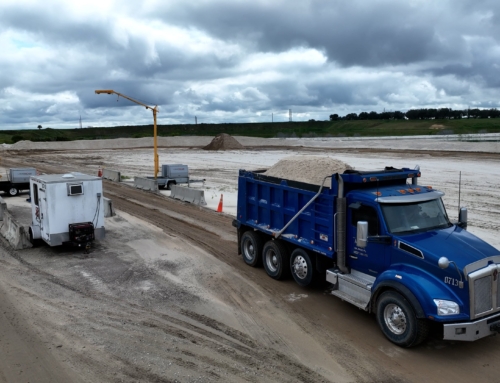How volume scanning reshapes customer relationships Tracking material volumes across multiple sites is a [...]
The future of precision in logistics
In logistics and bulk material handling, traditional weighbridges are giving way to modern technologies. The truck load volume scanner is transforming the way companies measure and manage truck loads. It provides precise, real-time data, helping businesses gain a competitive edge.
Companies in civil construction, mining, quarrying, and landscape supply increasingly order and invoice materials by volume. Traditional methods like loader scales or counting bucket loads often fail due to factors such as moisture content or material compaction. In contrast, a truck load volume scanner offers unmatched accuracy.
Why Truck Load Volume Scanners Outperform Weighbridges
Volume scanners are easier to install, cheaper to maintain, and faster to operate than weighbridges. Unlike weighbridges, which require complex foundations and frequent calibration, volume scanners provide non-contact measurements accurate to +/-1%.
Moreover, volume scanners allow trucks to keep moving during scanning, reducing delays, fuel consumption, and vehicle wear-and-tear. This continuous operation improves workflow efficiency across logistics operations.
Real-Time Data and Cloud Integration
Modern truck load volume scanners integrate with cloud-based systems, enabling operators to track and analyze loads in real time. By capturing detailed volumetric data and estimated weight through bulk density calculations, businesses can:
Reduce manual measurement errors
Monitor truck movements and loads
Detect carryback or incomplete deliveries
Optimize fleet and resource allocation
Cost-Effective and Flexible Installation
Unlike weighbridges, truck load volume scanners are simple to install. They can be mounted on trailers or concrete blocks and connected to a power source with minimal disruption. Moving a scanner is far easier and cheaper than relocating a weighbridge.
The system also reduces maintenance costs because it doesn’t require frequent recalibration. Operational downtime decreases, and businesses maintain accurate measurement consistently.
Accuracy, Safety, and Load Optimization
A truck load volume scanner delivers precise volumetric measurements, allowing operators to estimate weight accurately and analyze load distribution in 3D. This ensures:
Safer loading and vehicle stability
Better decision-making for load adjustments
Efficient material handling and transportation
Reliable invoicing and trade compliance
The truck load volume scanner represents the future of load measurement technology. It combines speed, accuracy, and operational efficiency, offering a superior alternative to traditional weighbridges. By adopting volume scanning solutions, companies can reduce costs, improve workflow efficiency, and ensure accurate measurement for bulk materials in civil construction, mining, quarrying, and landscape supply.

